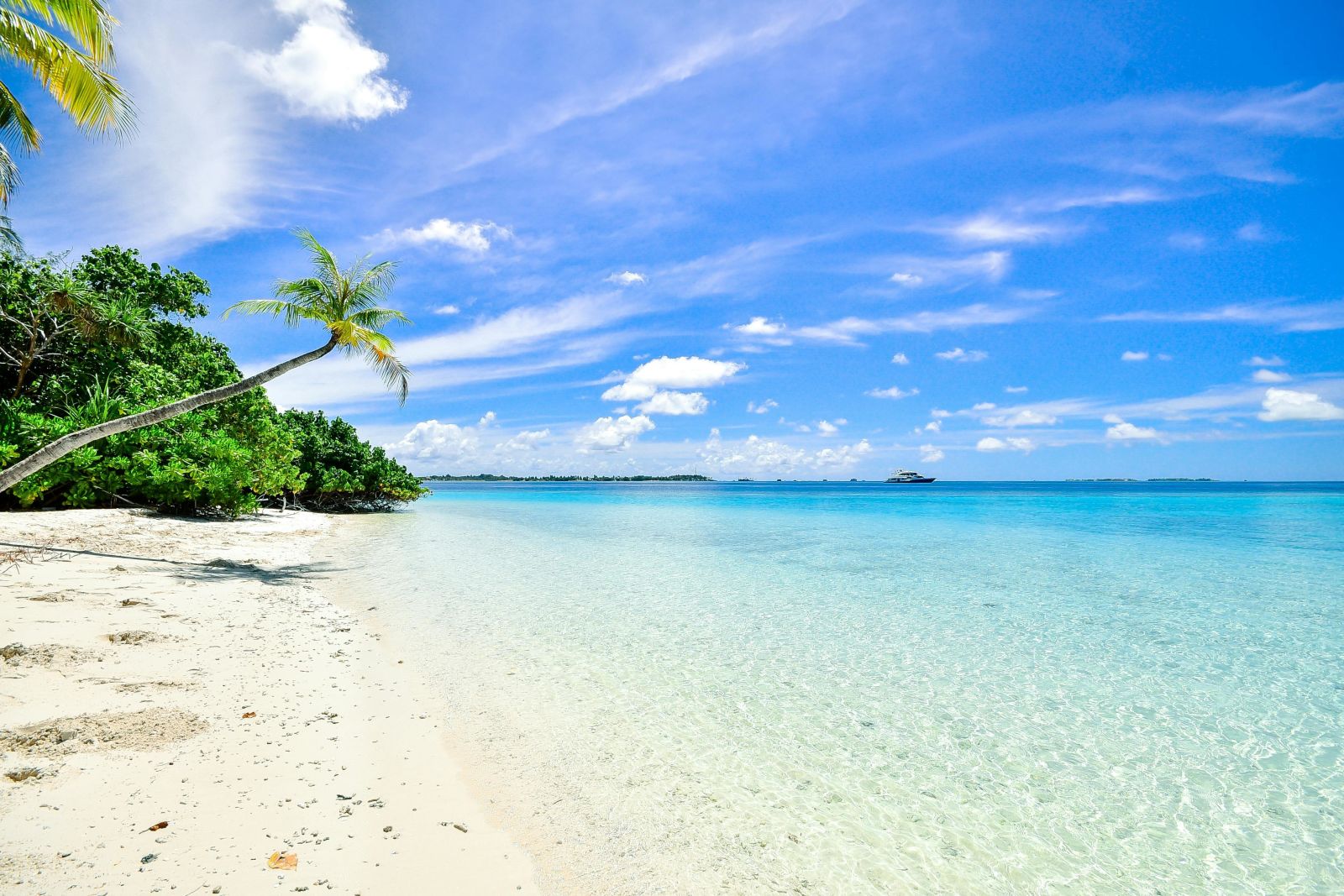Getting to Southern Patagonia
To get to Patagonia, I booked flights out of the Washington, DC (DCA) to Punta Arenas (PUQ) for 25,000 Delta SkyMiles + $12.80 in taxes and fees with the now usual free cancellation that comes with Delta award flights. I also was able to access Delta SkyClubs along the way in DC and in Atlanta, using the SkyTeam Elite Plus status that I earned by matching from my mid-tier status in another alliance to the new Italian airline ITA.
Since only domestic flights serve southern Patagonia (on both the Argentinian and Chilean sides), my last leg was on LATAM, with the first two legs being on Delta. Due to Delta's dynamic pricing, when the long-haul flight (Atlanta to Santiago in this case) is on Delta metal, the prices can be all over the place. For reference, Last year I flew from Brazil to Florida for around 24,000 SkyMiles on Delta metal, but on other dates the price was double or triple that.
So, point of the matter is; I first booked a different routing for 25,000 SkyMiles that had me on LATAM's JFK to Santiago flight. But as often happens, that flight suffered a schedule change about a month before departure, and the Delta agent was more than happy to change me to the ATL to Santiago flight on Delta. In short: always keep track of your flight itineraries, and if there is a significant schedule change or cancellation, that means you can further change your itinerary to your liking or cancel for free. If you don't enough points/miles to take advantage of deal like that, no worries, we've also found awesome cash fares to Patagonia for less than $600, and we're sure to find more. But enough about flights, let's learn about Patagonia!

